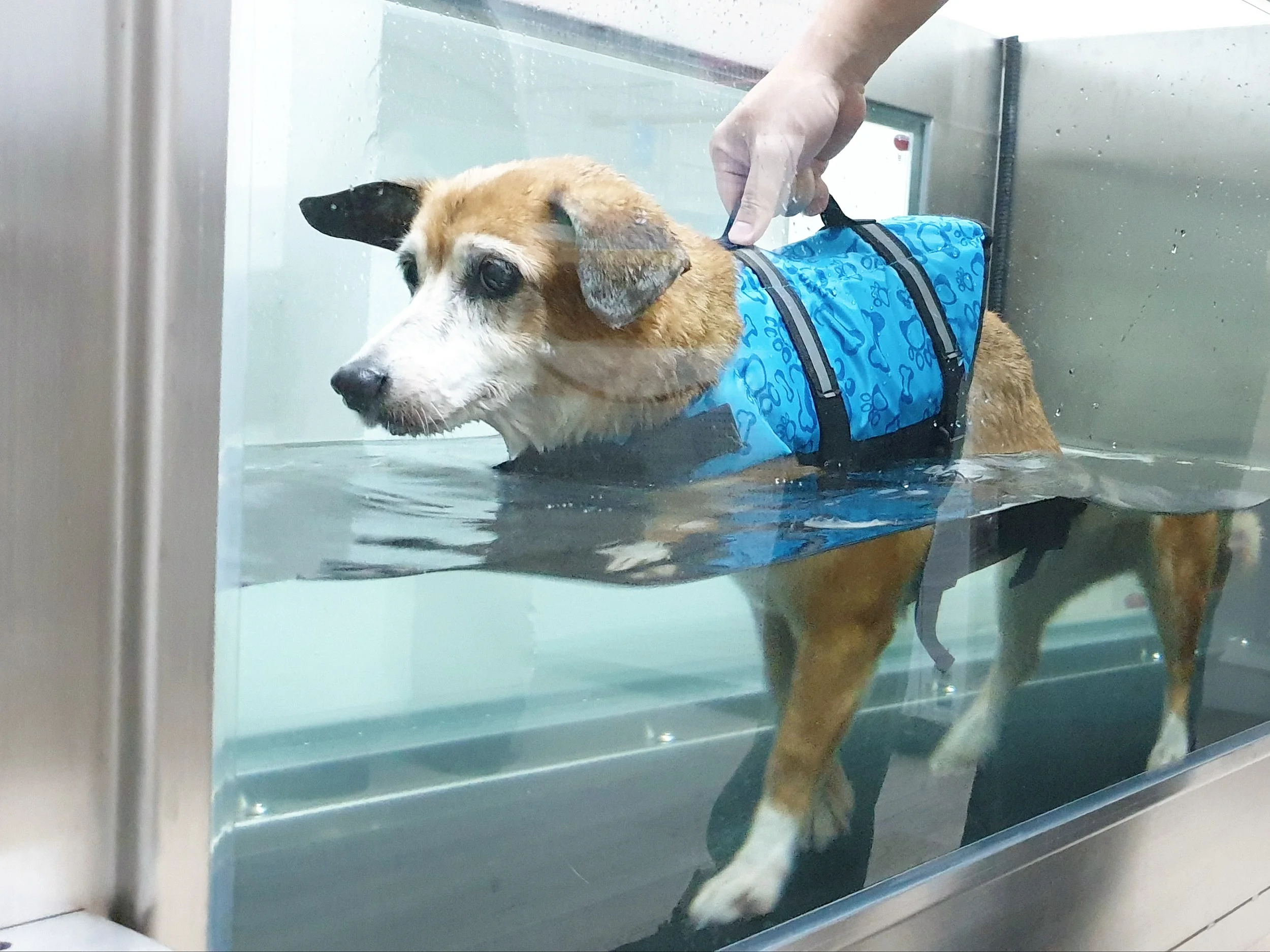How to Make Your Arthritic Pet More Comfortable
Home / Gaia Toast / How to Make Your Arthritic Pet More Comfortable
These faithful companions have been with us for a long time. The least we can do is to make them more comfortable as they grow older and suffer from degenerative diseases. And the most common ailment we see in aging pets is osteoarthritis.
*Feel free to use this article as a reference, but remember to consult your vet for a plan tailored for your arthritic pet. He or she will evaluate and recommend what your arthritic pet may need based on several factors:
How advanced the disease has progressed
Level of pain management necessary
Medical history
Home environment etc.
There are lots we can do as pet owners to ease the pain and mobility issues our arthritic pets may face:
1) Adjusting our home environment
Do a quick audit of your home now:
Where does your pet sleep or nap?
Surfaces which are soft, cushioned and warm will alleviate some discomfort compared to hard and cold floors.
Does your flooring provide enough grip for walking?
Smooth marble floorings for instance are bad for your arthritic pet’s joints. This is because he will need to put more effort and stress on his joints to avoid skidding or slipping.
Discourage your pet from jumping up to grab food from tables etc.
Are there any elevated spots which your pet likes to access?
If your cat loves the couch, it may be time to provide some help for her to get up there e.g. a gentle ramp.
Does your pet like to jump up on counters or tables?
If the answer is yes and you keep food at these places, it may be time to stop. Dogs and cats do that because they can smell the food or traces of food left behind on these high surfaces. Discourage jumping by keeping your table or counter clean and clear of food and crumbs.
2) Watching their weight
This is crucial for an arthritic pet because keeping his weight down means less strain on his joints and muscles. This can help to significantly change your pet’s activity level and ease in mobility.
Some quick tips below on what to look out for:
Stairs can be painful to navigate for an arthritic dog.
Quality over quantity: Diets which are high in omega-3 fatty acids such as EPA and DHA may help in reducing inflammation. You may also need to adjust the amount and frequency of meals as your pet ages and metabolism starts to slow down.
Exercise with caution: Part of maintaining a healthy weight includes the amount of activity. Regardless of age, exercise is necessary to build strong and flexible muscles and healthy bones. But if your pet has arthritis, they should not do high-impact exercise which can stress their already damaged joints.
Avoid any jumping or navigating stairs (gentle ramps may be friendlier to your dog than stairs). Instead, go for slower, shorter walks on leash and try some swimming. In short, you will need to follow your arthritic dog’s lead on the pace and duration he can take.
Use these handy charts to do a quick check on your cat or dog and see if he may be overweight.
3) Supplying supplements and managing with medication
For pets, be it supplements or medication, it is best to consult your vet before giving your pet anything new. Never buy anything over the counter without consulting your vet. He or she would have made recommendations, which have all the factors unique to your pet into consideration first.
Here’s a breakdown of the categories of supplements and medication used to treat osteoarthritis:
Joint Supplements
The most common are those with glucosamine and chondroitin sulphate. These substances are also known as ‘chondroprotectives’. They provide the nutrients necessary to repair and maintain joint tissue. Such nutrients may not be readily available in your pet's diet.
Anti-inflammatory & Pain Medication
NSAIDs (Non-Steroidal Anti-Inflammatory Drugs) help to reduce pain and inflammation. Your vet will be able to prescribe the most suitable NSAID for your pet by first taking into account your pet’s medical history. In some cases, blood tests may be necessary to check on liver and kidney functions to be sure that your pet can tolerate the strength of the NSAID medication.
Analgesics or painkillers can also be prescribed for cases where pets are experiencing severe pain from moving.
Steroids are another class of medication that help with inflammation, but these are usually prescribed for more advanced and severe cases.
The most important thing to remember is that you should never self-medicate or use human medication on your pets.
4) Providing physical therapy
Hydrotherapy rehabilitation
Hydrotherapy is also suitable for cats.
This is an effective way to improve mobility over time by strengthening your pet’s ligaments, tendons and muscles in a low impact and comfortable way.
Gaia Veterinary Centre provides this service in-house and our team is medically trained to supervise and accompany your pet for every therapy session.
How is this done?
Your pet will be placed in an underwater treadmill where he will exercise in a tank filled with warm water while being supported by a harness. This therapy is suitable for both cats and dogs.
Each hydrotherapy session is supported and accompanied by medically trained staff at Gaia Vets.




